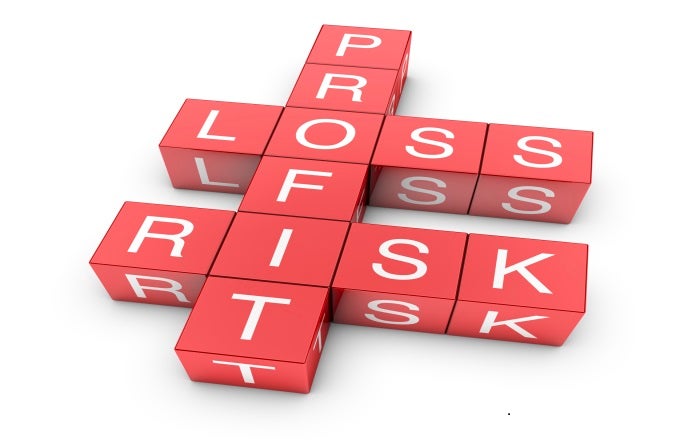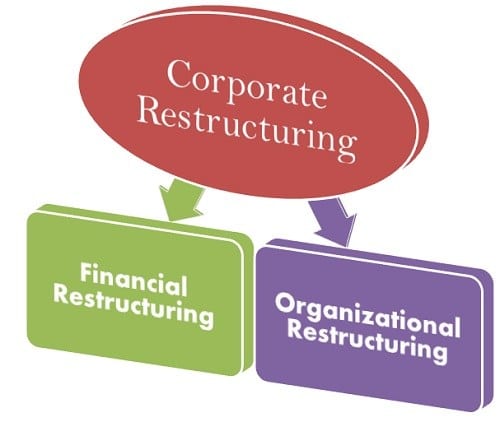Return is the reward of undertaking risk in business. Business risk has been defined as the possibility of inadequate profit or even losses due to the presence of certain uncertainties like a change in consumer preferences, lockouts and strikes, change in government taxation and subsidy policy, etc. The risk is of both type’s internal risk (arising within the business) and external risk (arising because of events taking outside the business). There is no gain without undertaking a certain amount of risk. Risk and return have a direct relationship with each other i.e. higher the risk is taken greater will be the amount of reward earned and similarly if the amount of risk is less one cannot expect to earn huge rewards. Here, we see that an investor faces a trade-off between risk and return while considering of making an investment. This is defined as risk-return trade-off. The trade-off is an attempt to achieve a balance between an investor’s choice to undertake lowest possible risk and earn a highest possible return. For example, an investor can either deposit his money in saving bank account which will earn him a certain rate of return with minimal chances of any loss or he can invest that amount in equity shares where though the risk of loss is high but at the same time earnings too will be greater.
Having discussed so much about risk now we define the major types of risks a company faces:-
a. Strategic Risk –This risk arises when while implementing a strategy it does not goes according to the way it was planned and hence business efficiency suffers. A company faces such situation when there is a change in business environment or in investor relation.
b. Financial Risk – This is associated with chances of an investor losing money if he invests in a company which is under debt i.e. the company’s funds are falling short of its expenses. It arises if there is fluctuation in interest rates, exchange rates, etc.
c. Operational Risk – It arises when there are chances of loss due to the failure of procedures, systems or policies. It arises because of employee errors, fraud or any criminal activity.
d. Compliance Risk – It is exposure to legal penalties, bureaucratic rules and regulations as a result of which there is a material loss or in extreme cases there is forfeiture of company’s assets.
e. Reputational Risk – There is a risk linked to company’s reputation too. A company might lose its goodwill in the market in case of product failure or negative publicity. According to Matt McGee, a search engine optimization consultant, ‘one negative blog post or product review can spread online in flash and change the fate of the company.
f. Other Risk – It’s not possible to categorize all types of risks which a business faces. Hence, we put them in this class like risk from natural disasters, employee risk management, health and safety risk, etc.


While discoursing about the risk-return tradeoff we come across a term named ‘risk-free rate of return’. It is a theoretical rate of return on any investment where there are zero chances of any financial loss over a given time period. In day to day life, an investor earns this interest when he invests in a risk-free bond which is generally issued by the government. Since here the level of risk involved is negligible the rate of interest received is very less compared to bonds holding some amount of risk.
Since risk is an inbuilt feature of business one cannot avert it completely though managing the level of risk is possible. Wikipedia defines risk management as it is the identification, assessment, and prioritization of risks followed by coordinated and economical application of resources to minimize, monitor, and control the probability and/or impact of unfortunate events or to maximize the realization of opportunities. Designing a proper risk management program is necessary for earing long-term rewards. Financial risk can be managed in following ways:-
Diversification
It implies that businesses and individuals should invest in a wide variety of investment options. A common diversification method is to split the money, such as 20 percent in low-risk money markets, 25 percent in government bonds, 30 percent in domestic stocks and 25 percent in international investment instruments. Diversification attempts to spread risk among several safe and risky investments in various economic markets so that though there are chances of loss they won’t be as severe as when all money is invested in single investment venture.
Using Savings Account
Businesses and individuals should not invest all of their hard earned money. Using a savings account ensures that individuals have cash on hand for emergency purposes if necessary. Though here the interest earned will be less but the level of safety will be more.
Learn About Investments
Managing financial risk often requires businesses and individuals to spend a considerable amount of time in learning and understanding about the investment market. A major portion of time should be spent on learning about the various investment instruments offered by companies and governments. Investment education can be gained from brokerage houses, investment websites, books or other similar materials. Proper investment education can make the difference between highly successful returns and significant losses.
Be Shrewd, Not Greedy
Financial investing often requires businesses and individuals to be shrewd, not greedy. Shrewd investors are capable of understanding when to cash out. Greedy investors will always wait for the investment to go higher and so that better financial returns can be received. The problem with waiting for investments to go higher is the investments might begin to go down. So it is wise to earn a little less rather than earning nothing.


Facing a trade-off between risk and reward is certain whenever one makes any investment choice. It is up to one’s knowledge and calibre that how good an investment turns out to be. Companies and individual investors should see all pros and cons before making an investment as clearly decide whether they want to take the risk or not.






